Tectonicus: At the Egde of War

Interned at Gamucatex for 2 months as a Software Engineer in C#. Heavily contributed towards the pre-production development of Tectonicus: At the Edge of War.
Background
Gamucatex had undergone structural changes, resulting in a highly flexible team of developers.
To adapt to these changes, I worked on refactoring the codebase for better adaptability, and effectively communicating the development progress.
These efforts had a significant impact on the pre-production successes of Gamucatex.
1. Exclusive features for game's showcase at Roskilde Festival
My onboarding task was to develop key exclusive features for showcasing Tectonicus at the 2023 Roskilde Festival, Northern Europe's largest music and arts festival. This lasted one sprint cycle, where I oversaw the development to publishing process.
| Energy-Saving Button | Obtain Exclusive Cards |
|---|---|
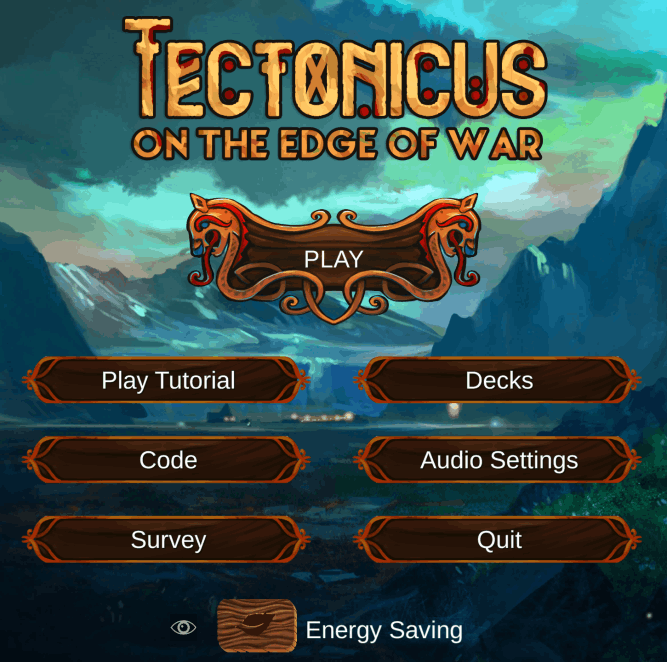 | 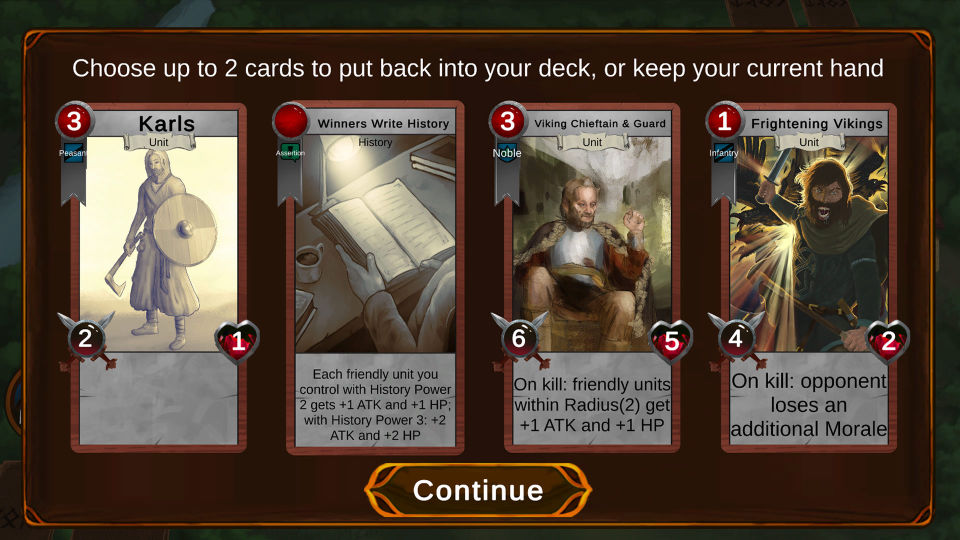 |
| The button enabled the game to run on a lower FPS and lower resolution graphics, becoming more energy-efficient. | - Created additional card data of whether the players have a specific card - Created a function that takes a unique string to gift the user new cards. This feature had to be written in generic code so that game designers could enter any number of exclusive strings and cards they wanted. |
2. Refactoring the codebase's architecture
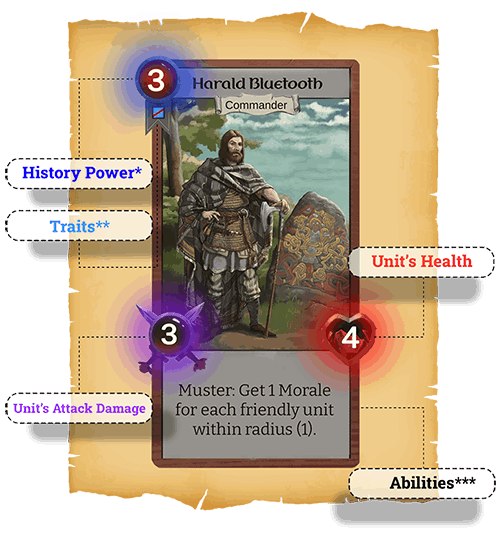
In the game, players use units that represent units with specific abilities to win. However, the class architecture for units was limited in supporting a wider range of required abilities. To address this, I worked on refactoring the units class to make it easier for future developers and designers to add unique abilities.
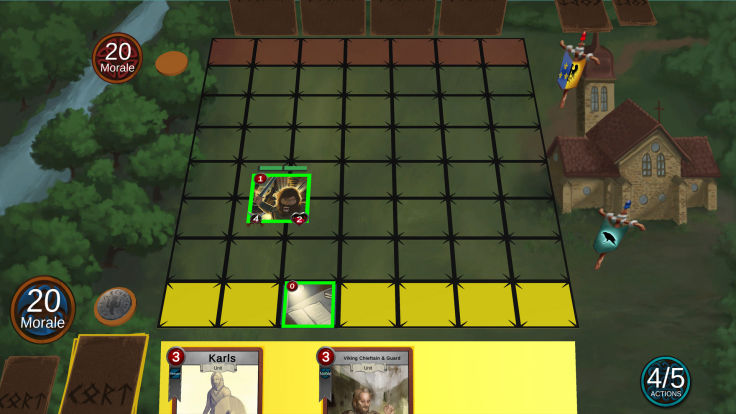
Let's say we want to make ability durations span more than one turn.
- This can be achieved by keeping track of the number of turns that had passed in the ability class.
- This also meant that it was necessary to explicitly write whether an ability was to last forever, like a permanent buff.
Hopefully by writing explication as such, it was easier to read the code, and specify how exactly the abilities should behave.
3. Directions to better UX/UI
Previously, the game lacked a specialized focus on UXUI, which was a major issue at Roskilde Festival. Having experience in UXUI, I collaborated with developers and artists to improve the game's interface.
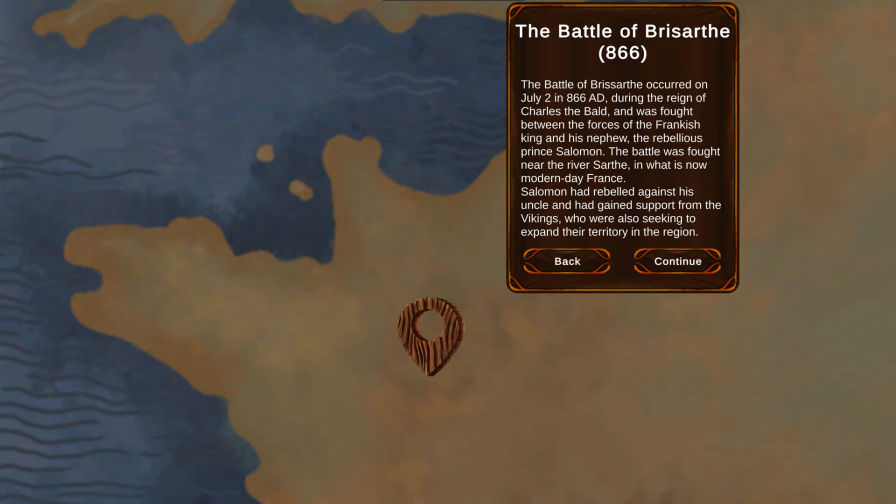
We communicated what technicalities were possible or needed to achieve the UXUI designer's vision (file type, size, and layers needed), leading to a comprehensive action plan and streamlined task delegation between departments.
4. Friendly Documentation
Technical documentation is crucial not only for future developers, but also for game designers to better understand the developer's workflow.
I extensively reworked the technical documentation to make it more reader-friendly and efficient for onboarding. This involved:
- Eliminating outdated information
- Adding more test cases
- Providing examples of certain features
- Refining the standard development process for writing code, creating SCRUM cards, and version control.
Summary
I positively impacted the pre-production development of Tectonicus: At the Edge of War through my contributions in...
- Refactoring the codebase's architecture to support more features, and
- Greatly communicating with cross-functional teams to improve the cross-disciplinary field of UX/UI;
What I've Learnt
- Complex architecture: Refactoring the card abilities gave me a glimpse of managing complex architectures
- Agile and Scrum: Experienced two full sprint cycles, including code reviews and version control.
- Collaboration: Worked with many people in different departments from documentation to initiatives, and saw my work in the grander pipeline.